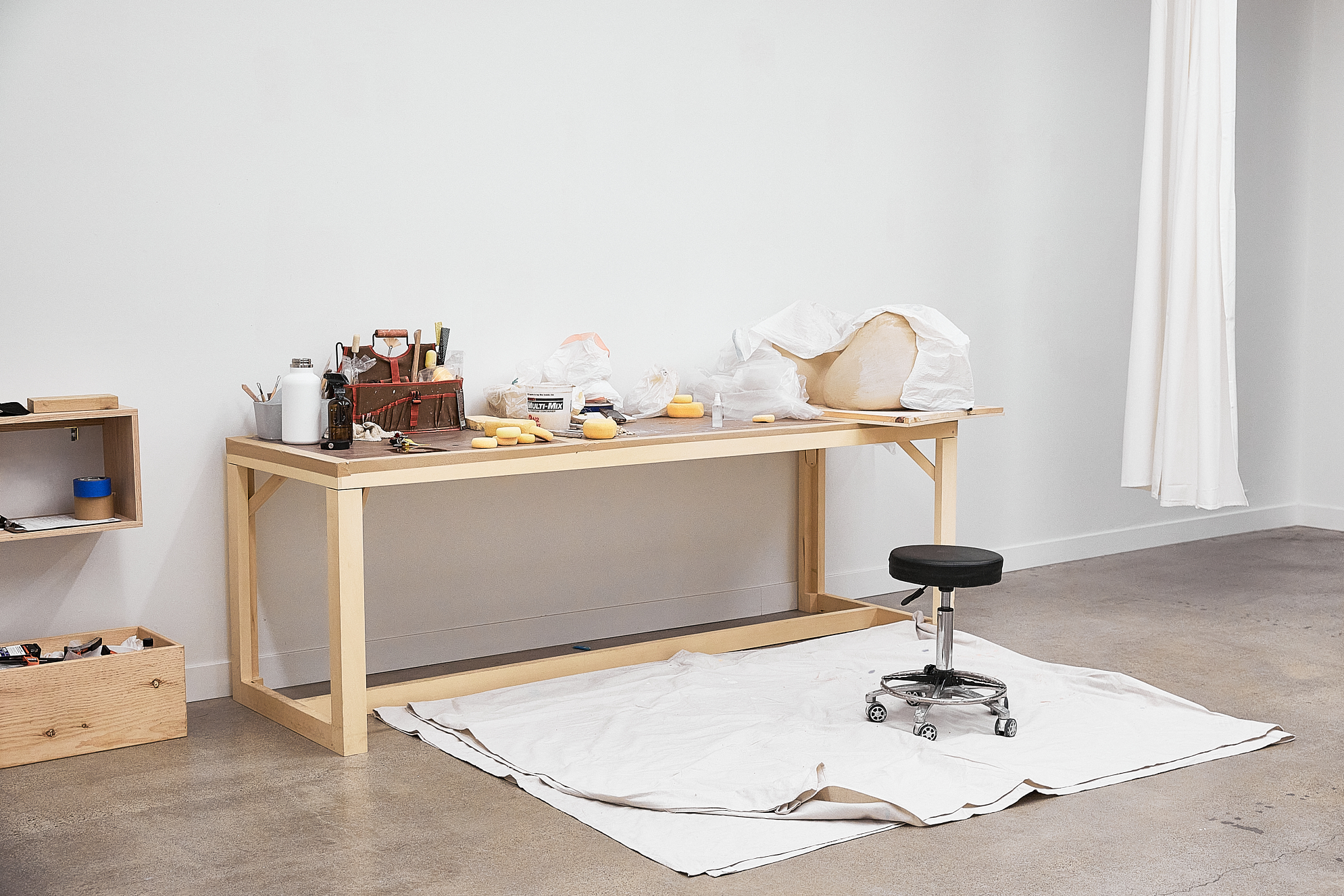Here we share some notes on why & how this site was made.
- Version: 2.0.1
- Launched: April 1, 2024
First things first, what exactly is a colophon? The website Types of Typography defines it as:
A brief description of publication or production notes relevant to the edition, in modern books usually located at the verso of the title-leaf, but also sometimes located at the end of the book.
While the website you’re looking at is decidedly not a book, we think it’s important to consider how we design and build everything we do. We also think it’s important to share that information so others can learn from what we have done and judge for themselves whether or not we have achieved our goals.
With that in mind, we wanted to use this space to talk about the ideas, questions, and approaches that went into making this website.


It’s enough for you to be in the world, responding to it over and over again, moment to moment, from a place of deep attention and love.
— Jenny Odell